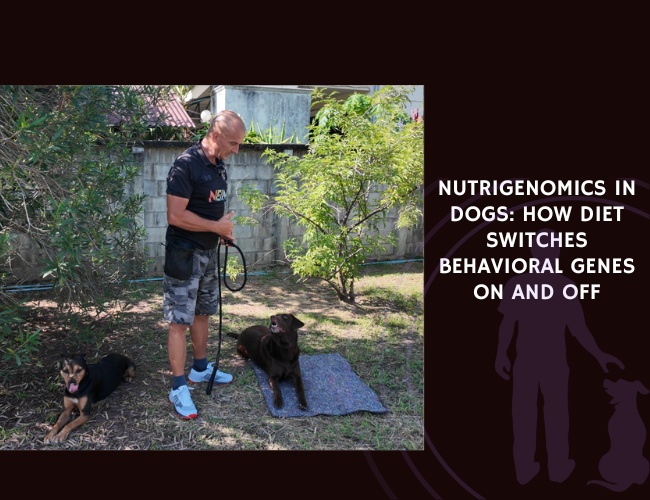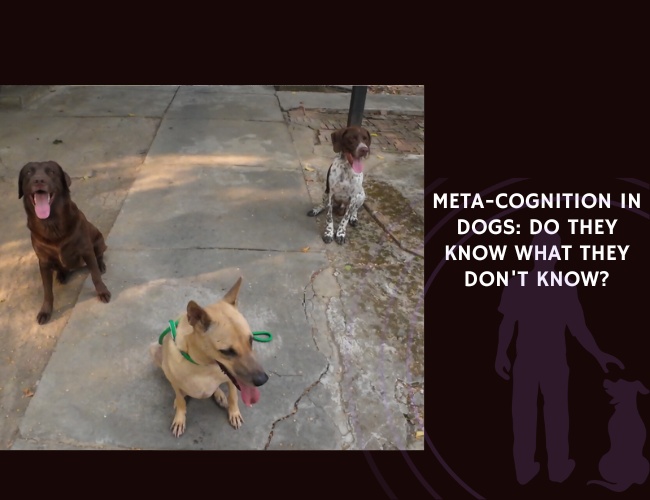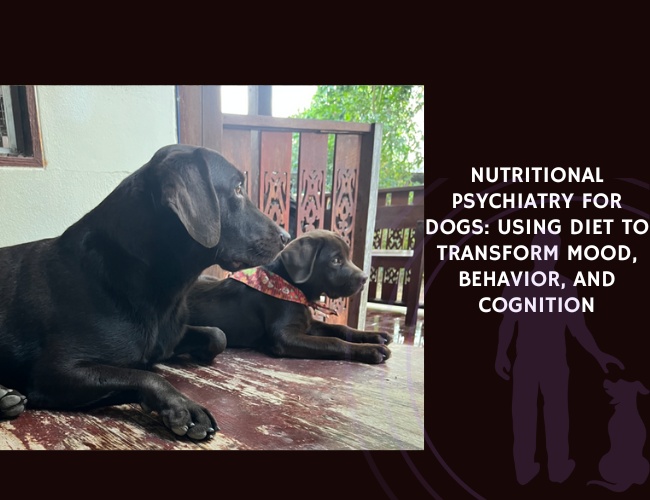A new study by Tunç & Vural (2024) highlights how breed, age, and tumour characteristics influence the development of canine mammary tumours — with terriers and older bitches most at risk.
The study’s findings underscore that Terriers and mongrel dogs are disproportionately affected by malignant CMTs, with 95% of Terrier cases and 100% of Cocker Spaniel and mixed-breed cases showing malignant histology. Moreover, the majority of malignant tumors were identified as carcinosarcomas (69.1%), with simple carcinomas accounting for 13.3%.
Dogs in the 9–12 year age range demonstrated the highest incidence (45.31%) of tumor development, particularly in the 3rd, 4th, and 5th mammary lobes, which showed increased malignancy risk. Additionally, multiple simultaneous tumors were observed in 35.94% of dogs, further elevating the potential for aggressive disease progression.
Breed distribution data revealed that Boxers, German Shepherds, Poodles, Kangals, Golden Retrievers, and Rottweilers are among the commonly affected, with the highest prevalence among medium-sized dogs. Histopathological analysis documented a range of tumor types, including carcinoma in situ, comedocarcinoma, mucinous carcinoma, and squamous cell carcinoma, though benign forms such as lipomas and fibrosarcomas were notably rare.
Importantly, lymph node metastases were detected in 13.16% of cases, emphasizing the need for early staging and grading. While benign tumors comprised just 7.2% of all CMTs, the study recommends caution in interpretation, especially given the low number of benign subtypes and the exclusion of certain tumor types from grading protocols.










